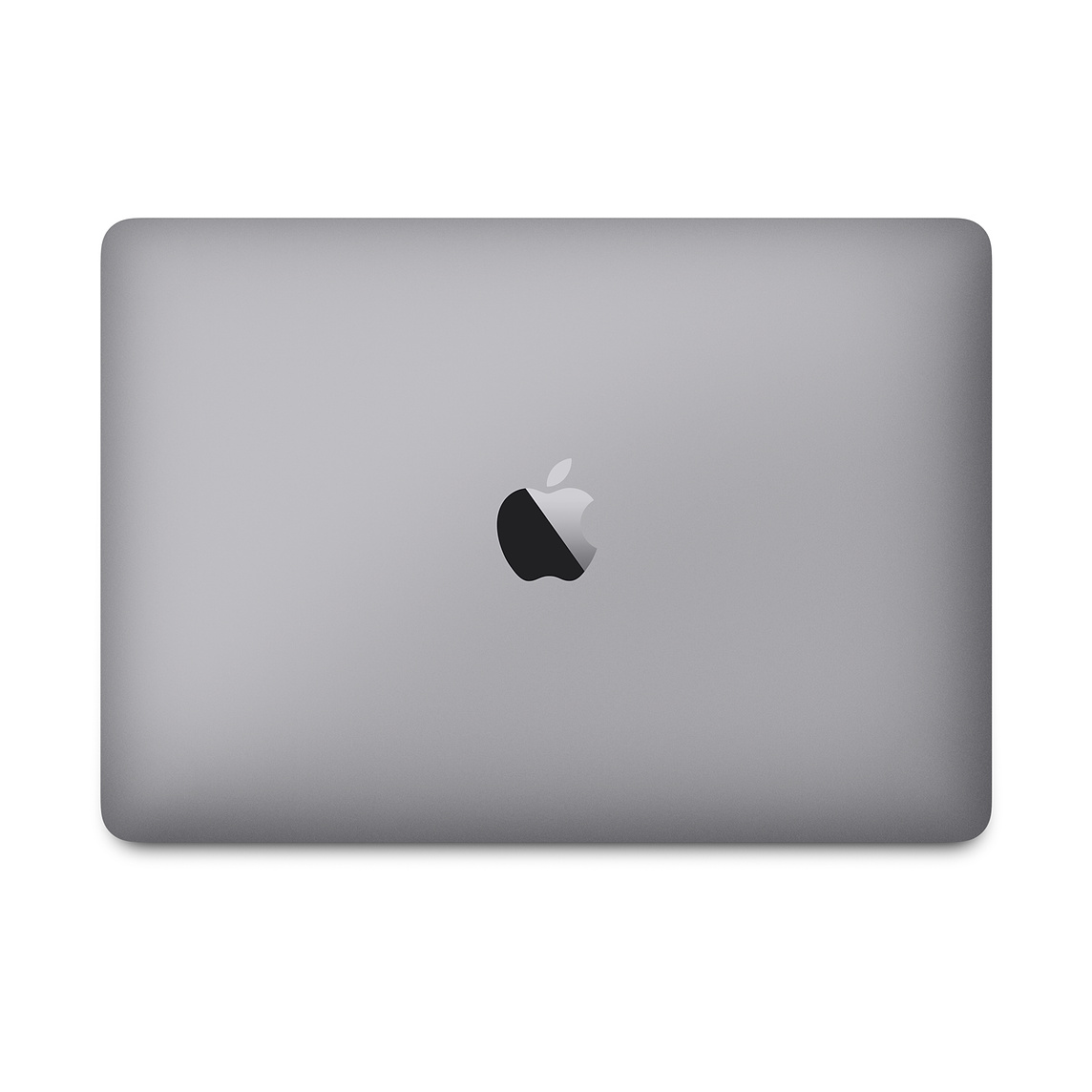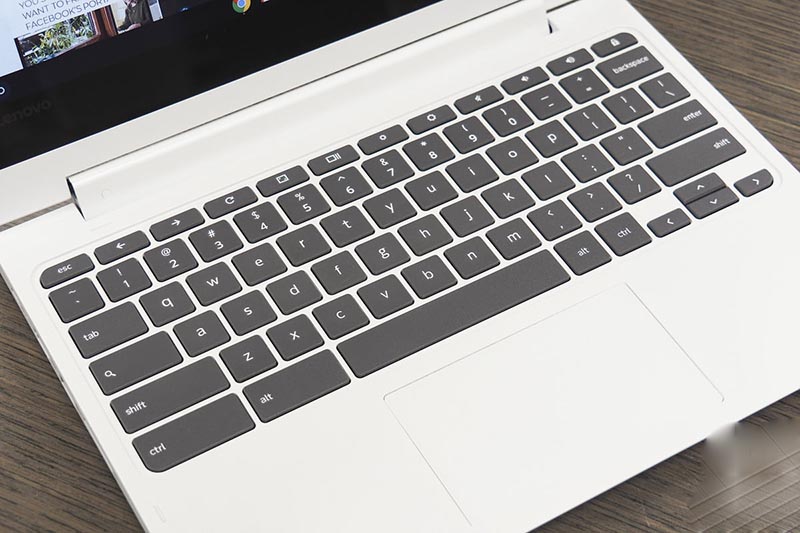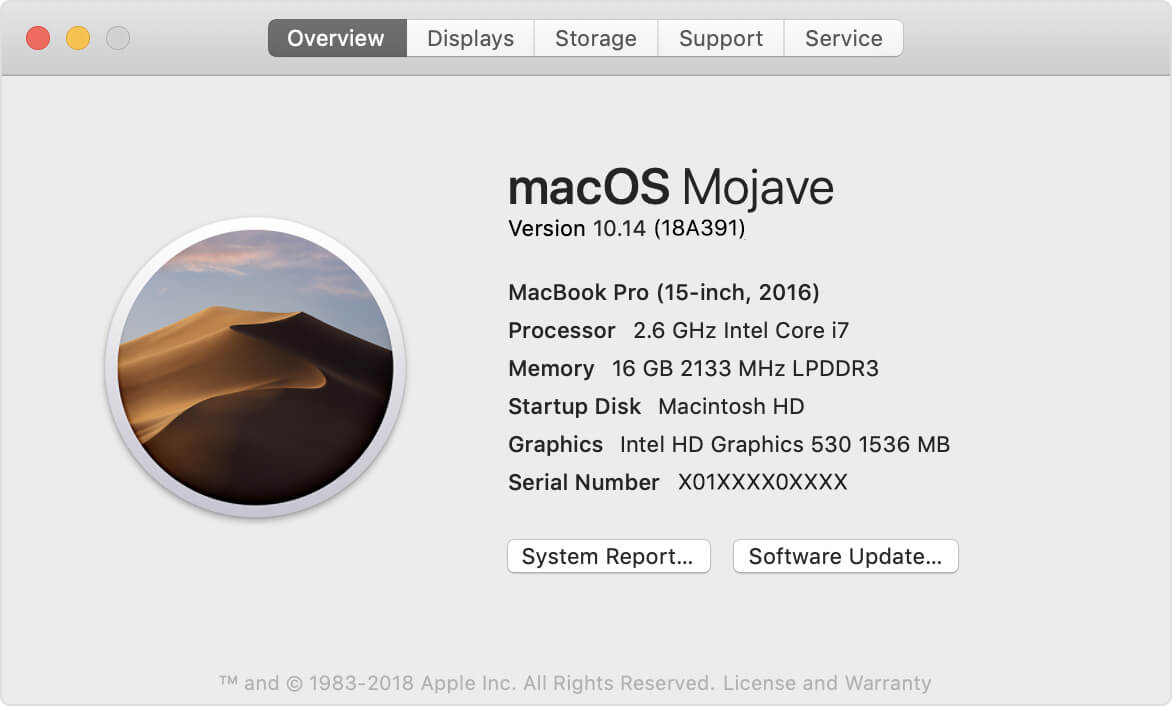

Crazy.Īnd when you run out of storage, you have yourself a massive problem. Similarly, the now-discontinued iMac Pro retailed for $5000 and it too only came with 256GB of storage on the base model.

Remember Apple’s cylindrical Mac Pro? It cost $5999 for the base model and that ONLY came with 256GB of storage. If you want more storage, you have ALWAYS had to pay quite a lot more. Why has Apple’s iPhone grown so much, with respect to storage, while Apple’s MacBooks – notably its base, entry-level models – remained the same? To the end-user, this might not make sense.īut this is just the way it is with MacBooks. Fast forward a decade and the base storage for Apple’s iPhone 13 is now 128GB and the range tops out at 1TB on its Pro models.Īnd yet, if you were to go to Apple’s site today and try and buy a MacBook Air or MacBook, the base model STILL comes with just 256GB of storage – the same amount it did in 2012. Around this time, the most storage you could get on an iPhone was 64GB. That laptop shipped with 256GB of storage. The price of storage can vary by year, it can be affected by external market forces – COVID 19 or natural disasters – and, like memory, you need plenty of it in order to run a functional workstation – it is also very expensive.īack in 2012, Apple unveiled the first MacBook Pro. Storage and memory are two of the most price-sensitive components used inside tech products. You need to make more space available on your startup disk by deleting files.On a phone 256GB of storage is fine but on a MacBook it is a very different story altogether – here’s why… Once this message occurs, it's time to do something about it.


You could either look to a simple-to-install storage module (not a hard drive), but a semi-permanent option like a TarDisk, or you could try several methods that clear up space on your HD. If you don't do anything about it, you will most likely see and feel a drop in your computer's performance. Many programs use the available free disk space to run. Often these programs will keep a few files offline to work in the background, but when we close those apps or websites, they delete the files automatically. However, if there is no free space, your computer's performance can be significantly reduced. Step 1: Delete Unwanted Applications and Games: Here are a few steps you can take to quickly and easily free up the space on Mac OS X. Over time we inevitably download and try out applications and games that interest us. Often times however many of these apps are unused and end up just taking up space.


 0 kommentar(er)
0 kommentar(er)
